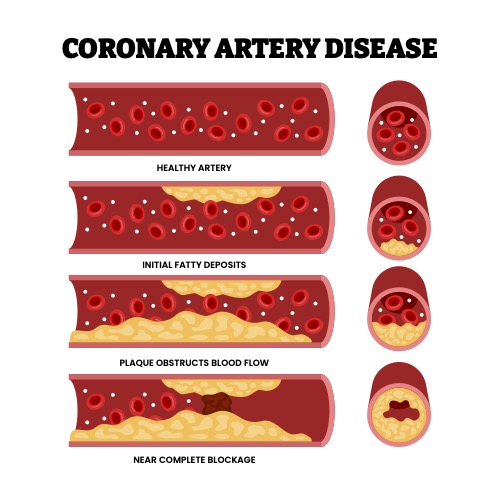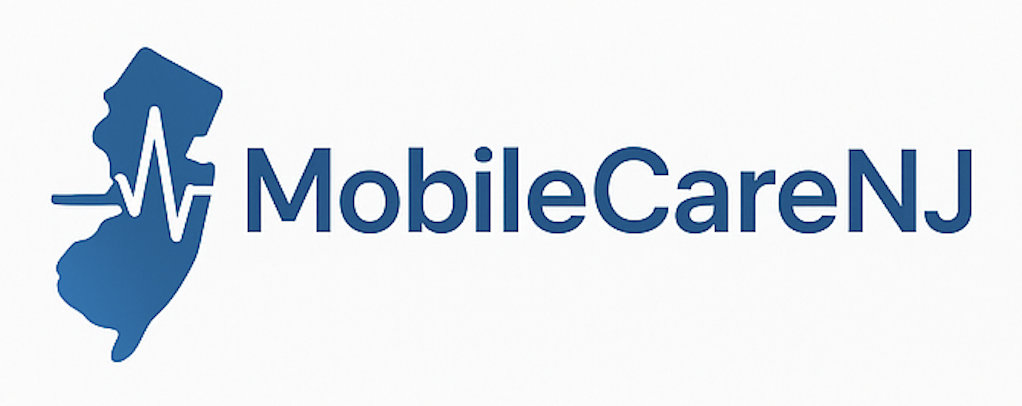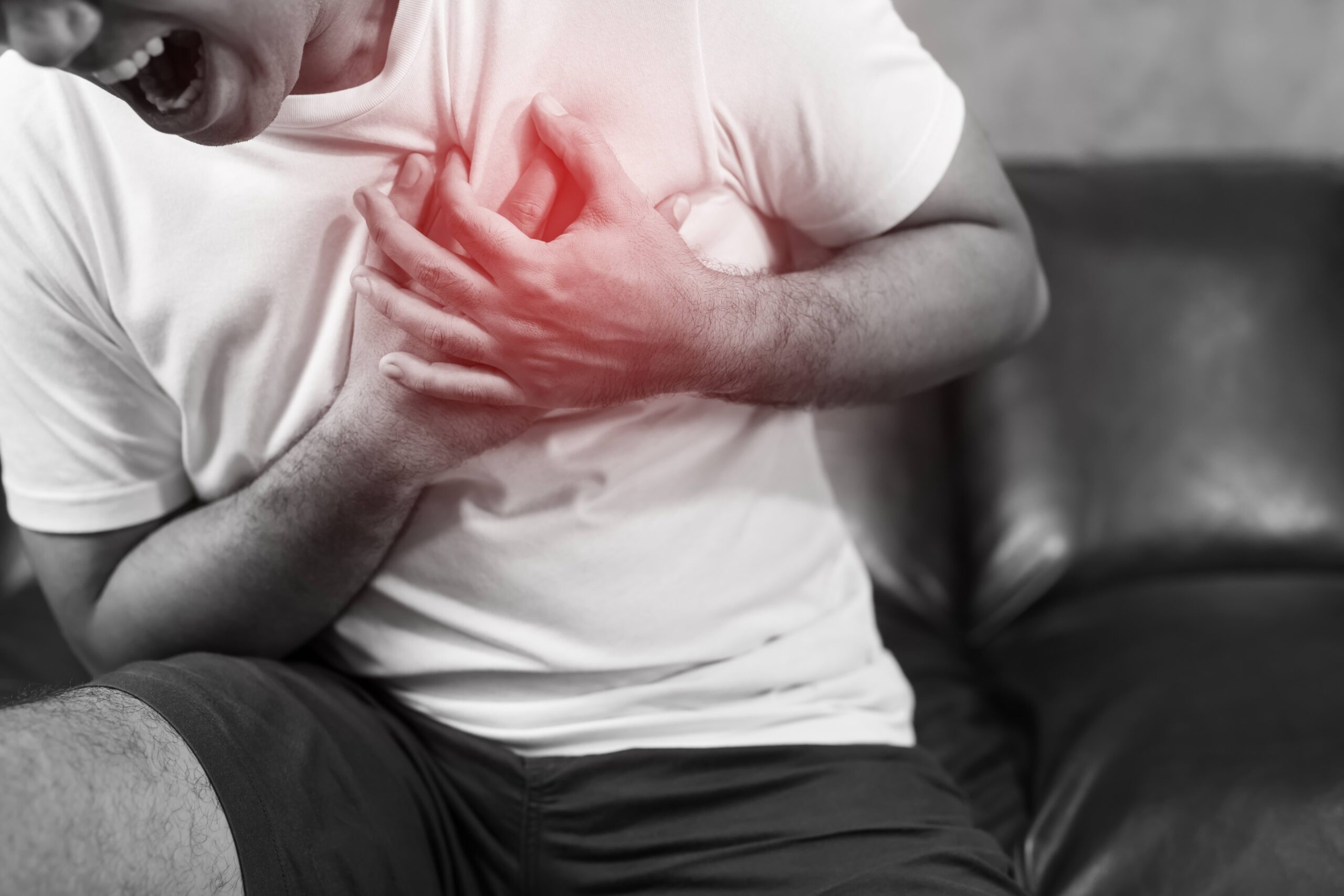Heart attacks are one of the leading causes of death worldwide. They occur when blood flow to part of the heart muscle is blocked, usually by a blood clot in a narrowed artery. Without oxygen-rich blood, heart muscle begins to die within minutes.

Recognizing a Heart Attack
The most common symptoms include:
Women, older adults, and people with diabetes may have less typical symptoms — fatigue, indigestion, or mild discomfort rather than severe chest pain.
Prevention Tips
- Control Blood Pressure, Cholesterol, and Diabetes – Keep numbers in your target range.
- Quit Smoking – The single biggest modifiable risk factor.
- Exercise Regularly – Aim for at least 150 minutes of moderate activity each week.
- Eat a Heart-Healthy Diet – Plenty of fruits, vegetables, whole grains, lean protein, and healthy fats.
- Maintain a Healthy Weight – Reduces strain on the heart and lowers blood pressure.
- Manage Stress – Chronic stress raises blood pressure and hormone levels that strain the heart.
What to Do if You Think You’re Having a Heart Attack
Call 911 immediately — do not drive yourself. Chewing an aspirin (unless allergic) can help reduce clotting while you wait for emergency care.
Bottom line: Know the symptoms, control your risk factors, and seek help immediately if you suspect a heart attack. Quick action saves lives.

